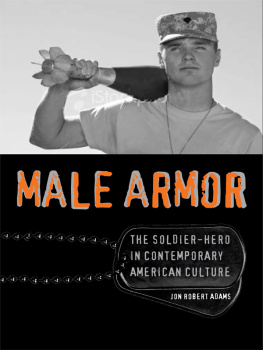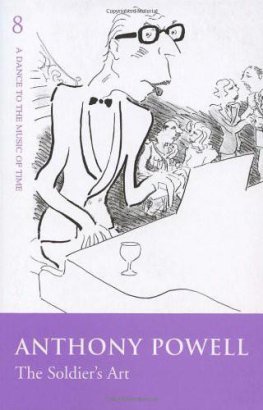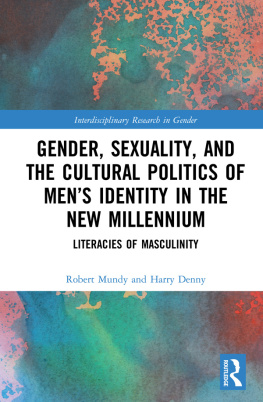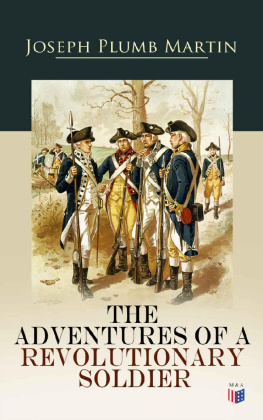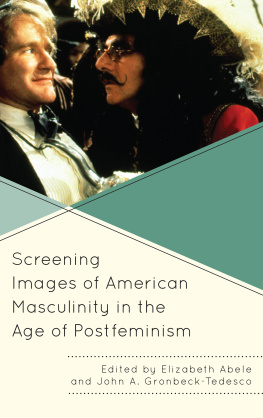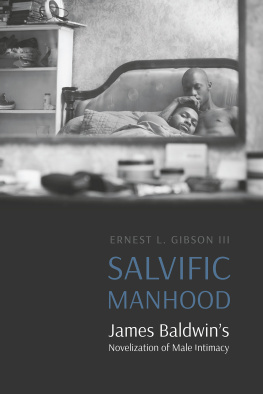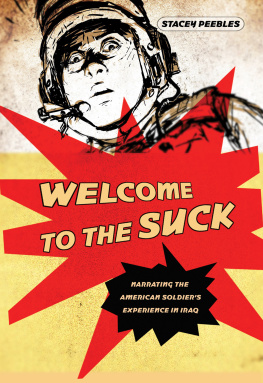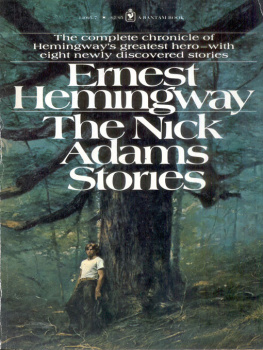ACKNOWLEDGMENTS
Over the dozen or so years of my work on this project, I have benefited immensely from the counsel, editing, proofreading, and sage advice of so many friends and colleagues that either recollecting or recompensing them fully seems nearly impossible. My desire to offer some semblance of thanks, however, prompts me to at least try here. I beg forgiveness of anyone I have inadvertently forgotten.
My thoughts about these subjects began during my baccalaureate career and crystallized as I obtained my master's degree, so I begin by thanking early personal and professional mentors Alanna Kathleen Brown, professor emerita of Montana State University, and Veronica Stewart, professor emerita of the University of Montana. My writing on issues of gender began during my doctoral studies at the University of California, Riverside (UCR), and culminated in my qualifying examinations and dissertation, directed by Katherine Kinney and advised by Steven Axelrod, the late Phillip Brett, Emory Elliott, and George Haggerty. UCR also offered me a generous dissertation fellowship that allowed me to complete some of the work that would become this book.
During a postdoctoral fellowship at the University of California, Davis, as I began to consider a book-length project, I learned a great deal from the editorial and organizational advice of my faculty mentor, Elizabeth Freeman. I garnered other intellectual wealth from Gerry Brenner, professor emeritus of the University of Montana, and the late Gregory Bredbeck of the University of California, Riverside.
My colleagues at Western Michigan University (WMU) have been nothing less than instrumental in seeing this book to fruition, so I'd like to thank first my faculty reading group, which discussed an early proposal for the project for an entire evening: Beth Bradburn, Meg Dupuis, Steve Feffer, Lisa Minnick, and Chris Nagle. Nic Witschi encouraged me not only to consider a book project but also to pitch it to acquisitions editors at the Modern Language Association conference. Acting above and beyond the call of duty, he then proofread and responded to my initial book proposal. Todd Kuchta helped me shape a more cohesive and intelligible introduction. Along the way Patti Bills, Tony Ellis, Arnie Johnston, Katherine Joslin, Cynthia Klekar, Jil Larson, Casey McKittrick, John Saillant, Eve Salisbury, Jana Schulman, Scott Slawinski, Gwen Tarbox, Charie Thralls, Grace Tiffany, Karen Vocke, Joyce Walker, Allen Webb, and Lance Weldy variously offered support, compliments, encouragement, indispensable reading, and professional advice. The English Department office administrative staff, Becky Beech, Michelle Hruska, and Bethlynn Sanders, mitigated the traumas of everyday working life.
Additionally, I would like to thank Zaydun Al-Shara and Noah Hilgert for research assistance when I did not have the time for it. And I owe an enormous debt of gratitude to Erin Kenzie for listening, researching, arguing, and editing, and for the best formatting skills a Luddite could desire.
Cathie Brettschneider, humanities acquisitions editor at the University of Virginia Press, expressed an early interest in this project and facilitated its many steps to publication. Ellen Satrom, managing editor, helped me sort out acknowledgments, permissions, and formatting details. I received absolutely invaluable advice from the two anonymous reviewers of the manuscript, and with her copy-editing expertise, Carol Sickman-Garner made me a better writer. Sally Hawthorne assiduously prepared the index, and the generous support of Western Michigan University's PPP&E fund helped me finalize the manuscript. I only hope that this published product warrants the time and attention they paid to it. Its shortcomings, however, are entirely my own.
I would never have come to the readings of the texts compiled here without the experience of having taught them to a number of different classes. So heartfelt thanks to the students of ENGL 146 at the University of California, Davis, fall 2002 (and to Catherine Fung, my teaching assistant); ENGL 522 at Western Michigan University, fall 2003; and ENGL 555 at Western Michigan University, spring 2004. I'd like to acknowledge in particular spring 2007s WMU students of ENGL 5400, who read many of the books featured in this project as I revised it and who confirmed my thoughts and, innocently unaware of their stunning brilliance, completely obliterated them at the same time. If they are the future of scholarship on gender, war, and American national identity, perhaps we can avoid some of the pitfalls described herein.
Portions of this book have been printed elsewhere in modified form. I would like to credit, with many thanks, Harrington's Gay Male Fiction Quarterly, in which parts of as Upholding Masculinity in Michael Herr's Dispatches and David Rabe's Streamers (vol. 28, no. 2, 2005). The editors of these journals, Thomas L. Long and Robert L. McDonald, respectively, were of pivotal importance in guiding the articles to publication and were gracious to allow their reprinting here.
Finally, I'd like to acknowledge the personal and emotional support of many friends and family, without whom I wouldn't be the scholar or the person that I am. So for all your encouragement, love, and unflagging support, thanks to Steve and Marnie Adams (and Anthony, Allison, and Alexandra), the extended Adams family, the extended Alig family, Richard Anderson, Corinne Archibald, Dick Geist, the extended Heck family, Marcy Newman, and Bill and Lisa Wheeler (and Abigail and Jacob).
INTRODUCTION
SOLDIER'S HEART
American war literature has, at its best, depicted the violence of war to challenge popular assumptions.
Marilyn Wesley, Violent Adventure: Contemporary Fiction by American Men
Marilyn Wesley suggests that the best American war literature serves as an intermediary between the event that inspires the violent depictions and cultural assumptions about that event. Male Armor intends to show another way that representations of American wars function as an intermediary, in this case between the male soldier's experience of war and civilian beliefs about his masculinity. This book investigates the bifurcation and persistent tension between American conceptions of masculinity and the soldierly experience of war as evident in literary, dramatic, filmic, and nonfiction portrayals of the United States late twentieth-century conflicts. The project focuses specifically on war representations because of war's contradictory function in the American imaginary as both guarantor of and threat to manhood. After a century that charted a general loosening of the strictures on manhood, war continues to represent, in the civilian mindset that some soldiers bring to their service, an antidote to the effeminization of American men, at most, and a means to achieve manhood, at least. This book demonstrates that though the specific war texts Male Armor studies mark altering perceptions of masculinity in the culture at large, they also continuously resist the popular American compunction to equate manhood with soldierly function. By suggesting that many other representations of war may function as the texts studied here do, Male Armor hopes to offer a long-overdue corrective to the idea that war makes men and to interrogate the United States time-honored link between its sense of national self and the performance of American men at war. As the texts studied here demonstrate, war provides society with definitions of manhood, while, simultaneously, men experience war as the antithesis of society's definition. Something has to break somewhere, and it's usually the men.
A 1 March 2005 PBS Frontline documentary entitled The Soldier's Heart portrays the effects of Operation Iraqi Freedom on veterans and consequently reveals the bifurcation at the center of

